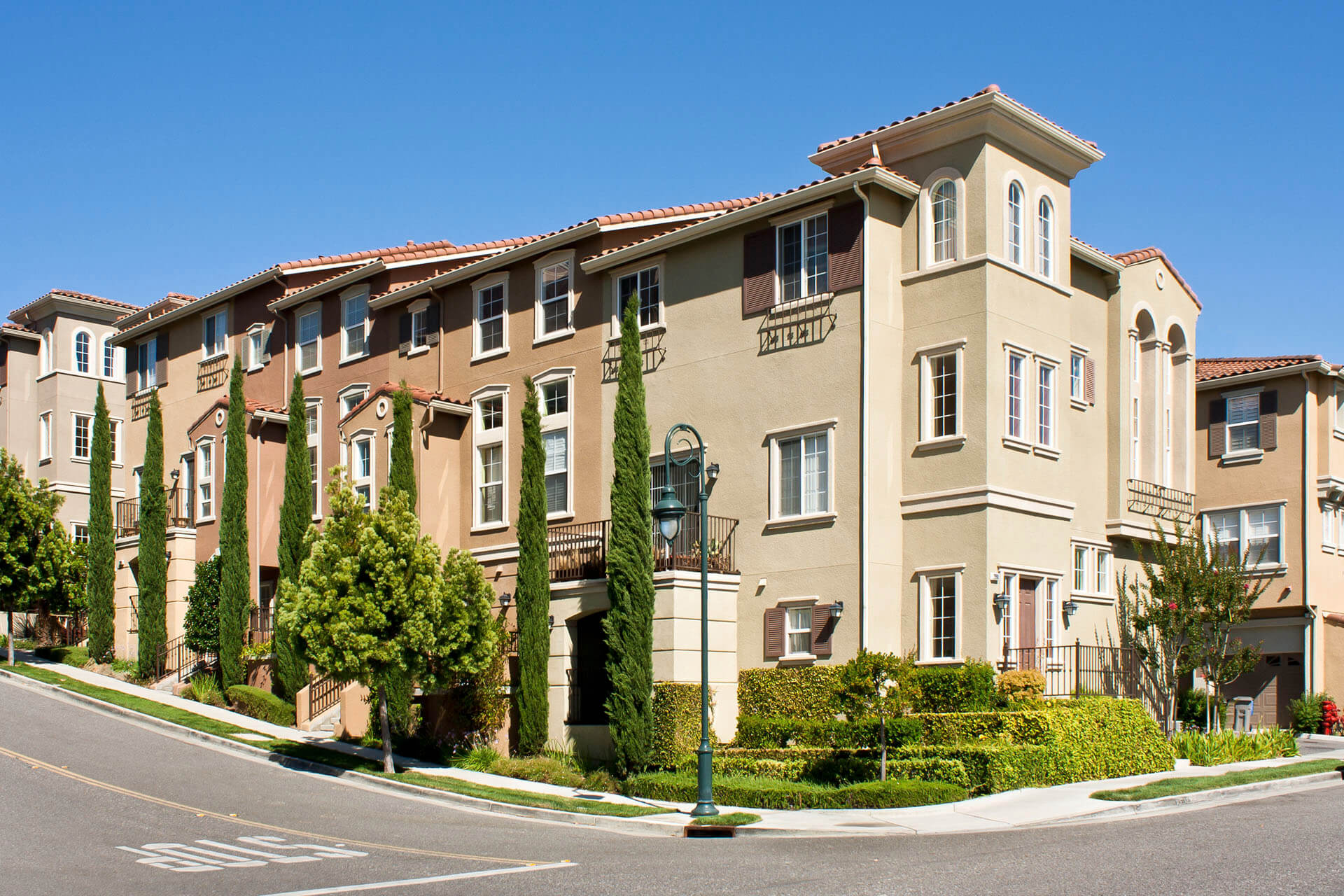
Condominiums are a type of housing that offers a unique blend of ownership and community living. They are typically part of a larger building or complex where individual units are owned by different residents. Condominiums provide an alternative to traditional single-family homes, offering a range of benefits and considerations for prospective buyers.
Condominium units are designed to provide comfortable living spaces within a shared building or complex. The design and structure of condominiums vary, but they often feature individual units with separate bedrooms, living areas, kitchens, and bathrooms. While units may share walls with neighboring condos, they offer residents the convenience of living in a managed and maintained building.
Condominium ownership grants individuals ownership of their specific unit within the building or complex. Owners have exclusive rights to their unit and share ownership of common areas and amenities with other residents. This distinct ownership allows residents to personalize and decorate their unit while still enjoying shared amenities and services provided by the condominium association.
Condominiums are available in both existing buildings and new construction projects. Existing condominiums offer the advantage of established communities and potentially more affordable pricing. New construction condominiums provide the opportunity to purchase a brand-new unit and enjoy the latest design features and amenities.